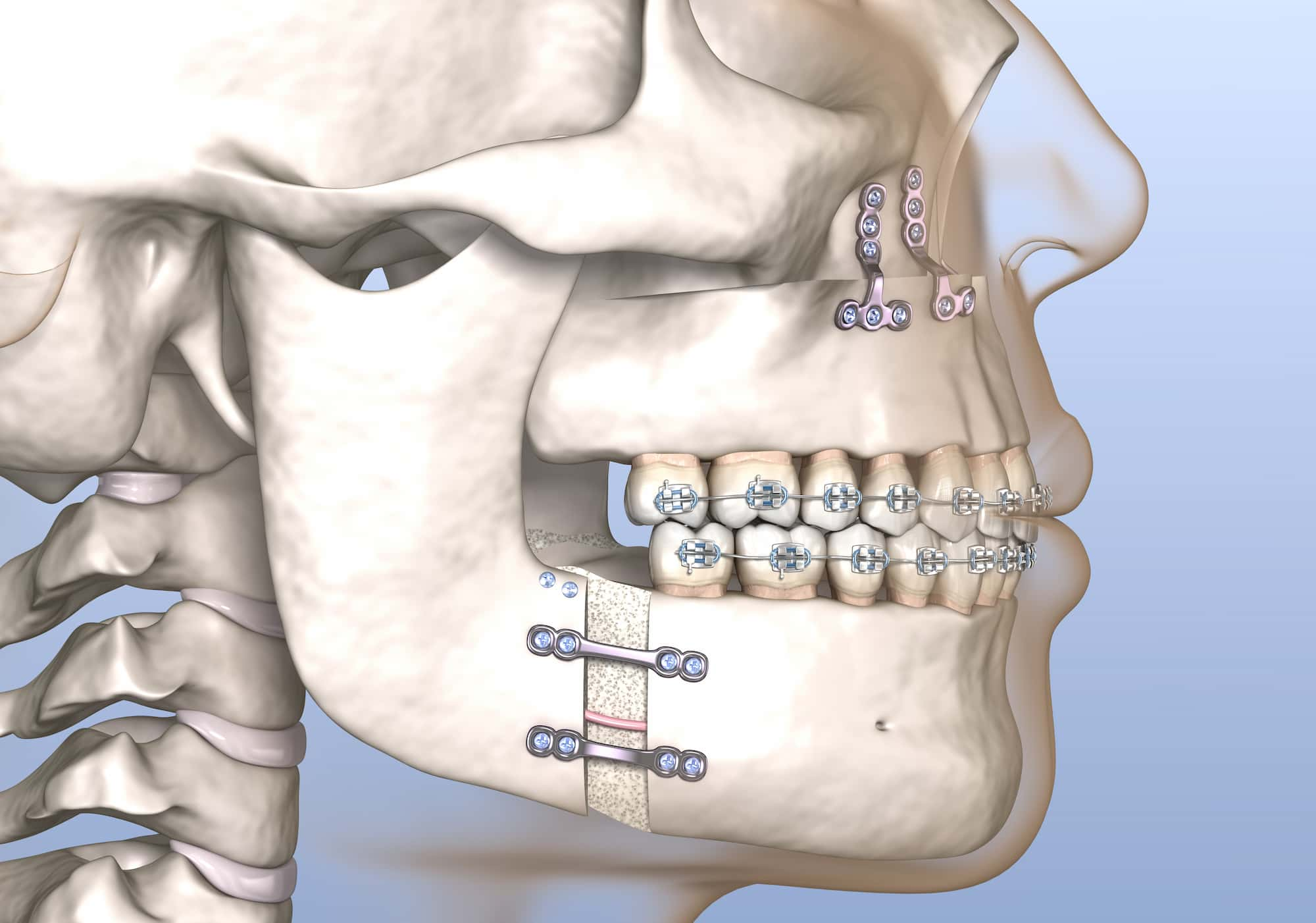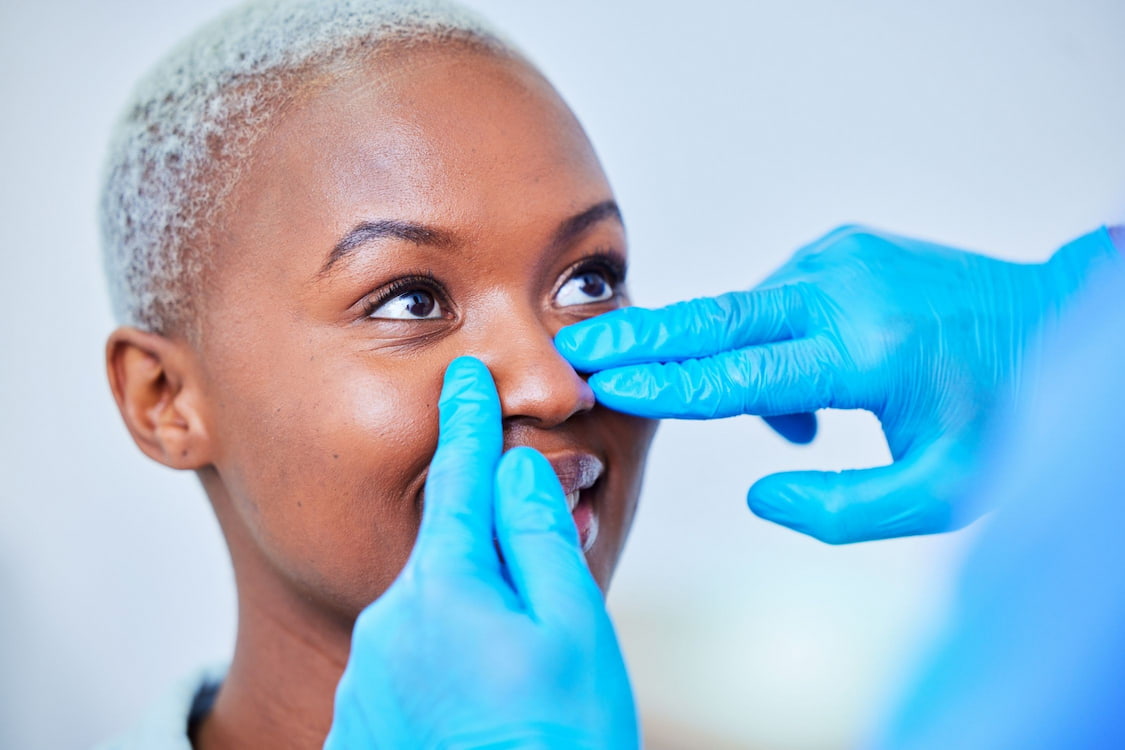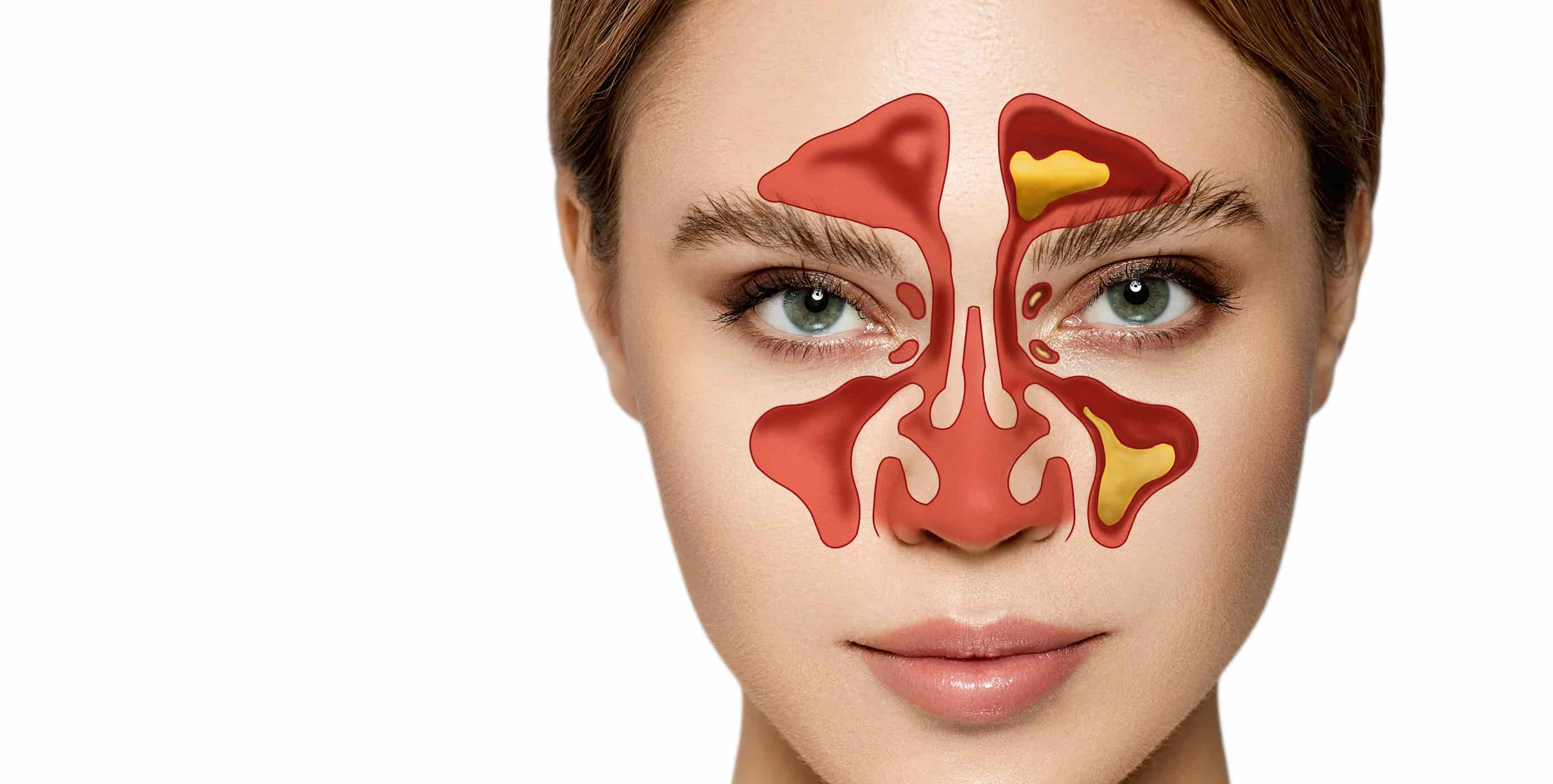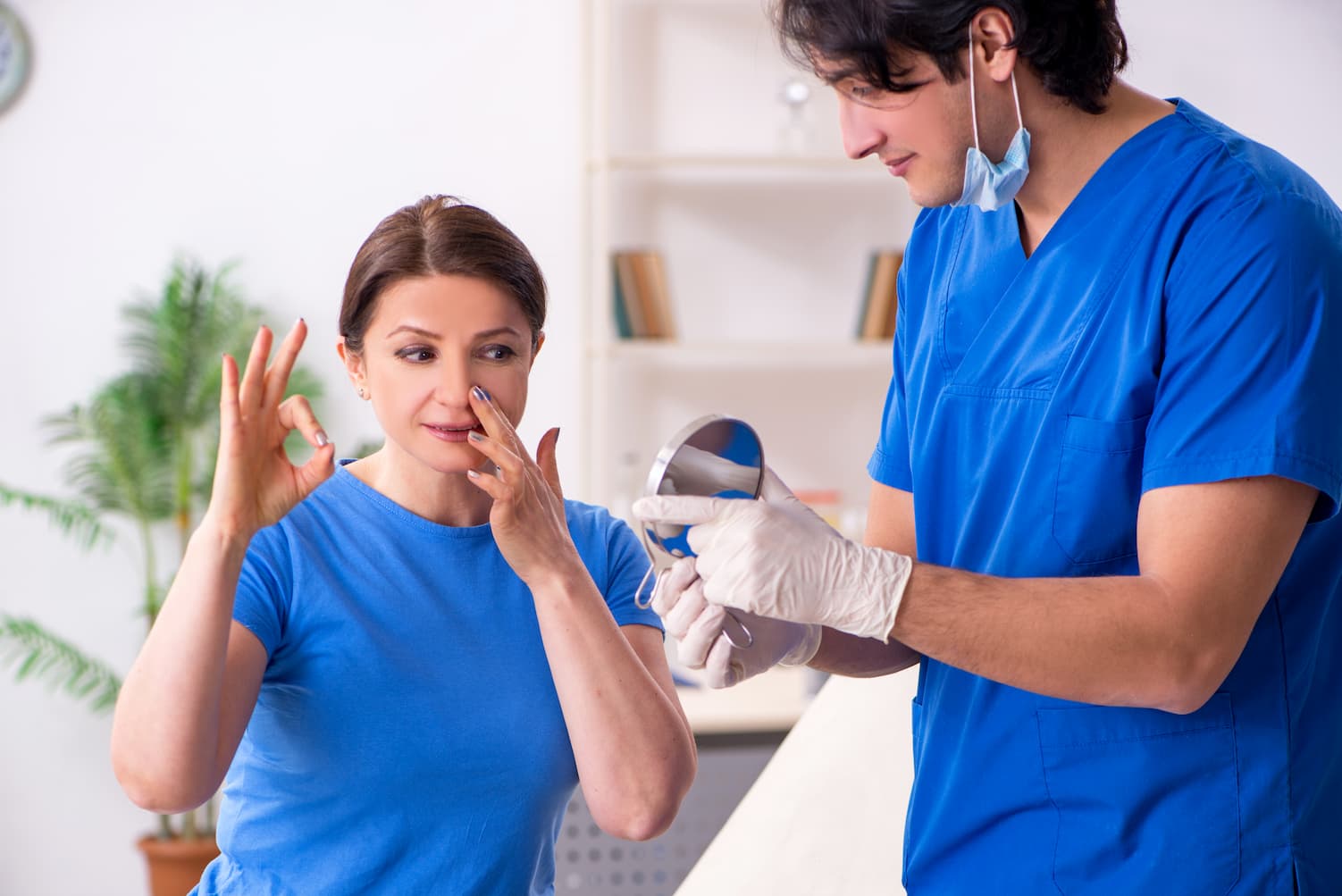
Septoplasty Recovery
Septoplasty is a common surgical procedure that aims to fix a deviated septum. A deviated septum occurs when the cartilage and bone that separate the two nostrils are crooked or displaced, leading to breathing difficulties, snoring , and other issues. Septoplasty aims to straighten the septum to improve breathing and relieve other symptoms.
If you’ve recently had septoplasty, it’s essential to take care of yourself during the recovery process. In this article, we’ll discuss the best things to do and what not to do after septoplasty, the recovery time, and tips to make your septoplasty heal faster.
What Is Septoplasty?
Septoplasty is a surgical procedure that aims to fix a deviated septum. The procedure involves removing or repositioning parts of the septum to straighten it. The surgeon makes an incision inside the nose and accesses the septum. Once the septum is accessed, the surgeon can remove or reposition parts of the cartilage or bone, which allows the septum to be straightened.
Septoplasty is typically an outpatient procedure, meaning that the patient goes home the same day. The procedure is performed under general or local anesthesia, and it usually takes around an hour to complete.
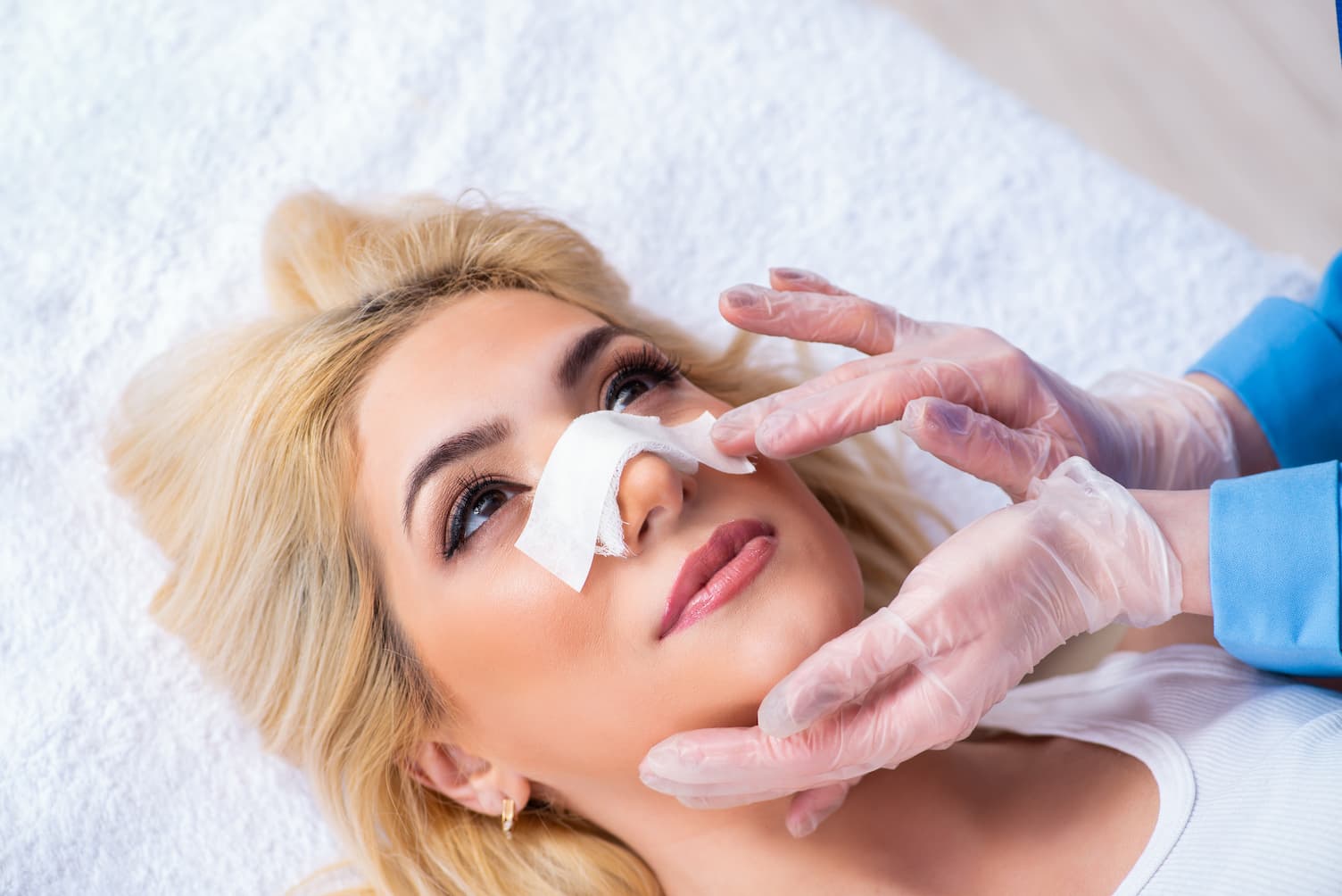
What Are the Best Things to Do After Septoplasty?
After septoplasty, it is important to take proper care of yourself to ensure a smooth recovery. Here are some of the best things to do after septoplasty:
Rest: Rest is essential after septoplasty. Try to avoid strenuous activities, lifting heavy objects, and bending over for at least a week after the surgery. Resting can help prevent bleeding and swelling and speed up the recovery process.
Keep Your Head Elevated: Keeping your head elevated while sleeping or resting can help reduce swelling and prevent bleeding. Use a few pillows to prop your head up while you sleep or rest.
Use Ice Packs: Applying ice packs to your nose can help reduce swelling and pain after septoplasty. Wrap an ice pack in a clean towel and apply it to your nose for 10-15 minutes at a time, several times a day.
Take Your Medications: Your surgeon will prescribe pain medications and antibiotics after the surgery. Make sure to take your medications as prescribed to manage pain and prevent infections.
Stay Hydrated: Drink plenty of fluids to keep yourself hydrated after septoplasty. Drinking fluids can help prevent constipation, which is a common side effect of pain medications.
Eat Nutritious Foods: Eating nutritious foods can help speed up the recovery process after septoplasty. Eat foods that are rich in vitamins, minerals, and protein, such as fruits, vegetables, lean meats, and whole grains.
What Not to Do After Septoplasty?
There are several things you should avoid doing after septoplasty to ensure a smooth recovery. Here are some of the things you should not do after septoplasty:
Blow Your Nose: Blowing your nose can increase pressure in the nasal passages, which can disrupt the healing process. Avoid blowing your nose for at least a week after the surgery.
Smoke or Use Tobacco Products: Smoking and using tobacco products can slow down the healing process after septoplasty. Avoid smoking and using tobacco products for at least a week after the surgery.
Drink Alcohol: Drinking alcohol can slow down the healing process after septoplasty. Avoid drinking alcohol for at least a week after the surgery.
Engage in Strenuous Activities: Strenuous activities, such as jogging or running, can increase blood pressure and disrupt the healing process. Avoid strenuous activities for at least a week after the surgery.
How Long Does it Take for Septoplasty to Fully Heal?
The recovery time after septoplasty can vary from person to person. In general, it takes about two weeks for the nasal passages to heal completely. However, it can take up to six months for the swelling to completely subside and for you to see the full results of the surgery.
During the first week after the surgery, you may experience some discomfort, swelling, and bruising. You may also have some nasal congestion and difficulty breathing through your nose. These symptoms will gradually improve over time.
Is Walking Good After Septoplasty?
Light walking is good after septoplasty. Walking can help to improve blood flow, reduce swelling, and prevent blood clots. However, it is important to avoid any physical activity that may increase your heart rate or blood pressure for at least two weeks after the surgery. You should start with light walking on the first day after the surgery, but avoid any activities that may cause you to breathe heavily or sweat. You can gradually increase your activity level as you start to feel better.
Is it OK to Smile After Septoplasty?
Smiling is one of the most natural and common facial expressions that we make. However, after undergoing septoplasty, it is important to take certain precautions before engaging in this activity. Many patients may wonder if it is safe to smile after septoplasty or if it can cause any complications during the healing process.
In general, it is safe to smile after septoplasty as long as it is done in moderation and without putting any pressure on the nose. It is important to remember that septoplasty is a surgical procedure that involves restructuring the septum, which can cause swelling and discomfort in the nose. Therefore, it is important to be cautious about any activity that can potentially cause complications during the recovery process.
The Study of Septoplasty Recovery
A recent study published in the Journal of Rhinology and Facial Surgery explored the long-term outcomes of septoplasty in patients with a deviated septum. The study followed a group of individuals for three years after their surgery, assessing improvements in breathing, quality of life, and patient satisfaction.
The findings indicated that septoplasty led to significant and sustained improvements in nasal airflow and quality of life. Patients reported reduced nasal congestion, improved sleep, and decreased snoring. Moreover, the study highlighted that septoplasty had a positive impact on patients’ emotional well-being, with many participants expressing increased self-confidence and overall satisfaction with their appearance.
Septoplasty Before and After
Septoplasty can significantly improve the quality of life for people with a deviated septum. Before the surgery, people may experience difficulty breathing, snoring, nosebleeds, and frequent sinus infections. After the surgery, these symptoms can be significantly reduced or eliminated.
Septoplasty can also improve the appearance of the nose. A crooked or misaligned septum can cause the nose to appear asymmetrical or distorted. After the surgery, the nose can appear more symmetrical and balanced.
Healthy Türkiye Notes
Septoplasty is a surgical procedure that is used to correct a deviated septum. The recovery process after septoplasty can be challenging, but with proper care and attention, you can ensure a smooth recovery. It is important to rest, use a humidifier, elevate your head, follow your doctor’s instructions, and take pain medication as prescribed.
It is also important to avoid blowing your nose, lifting heavy objects, smoking, and drinking alcohol. Light walking is good after septoplasty, but avoid any physical activity that may increase your heart rate or blood pressure.
It is generally safe to smile after septoplasty, but avoid any facial expressions that may put pressure on your nose. Septoplasty can significantly improve the quality of life for people with a deviated septum and improve the appearance of the nose.
If you are considering septoplasty, talk to your doctor about the risks and benefits of the procedure and what to expect during the recovery process. With proper care and attention, you can ensure a smooth septoplasty recovery and enjoy the benefits of a straighter, healthier nose.
